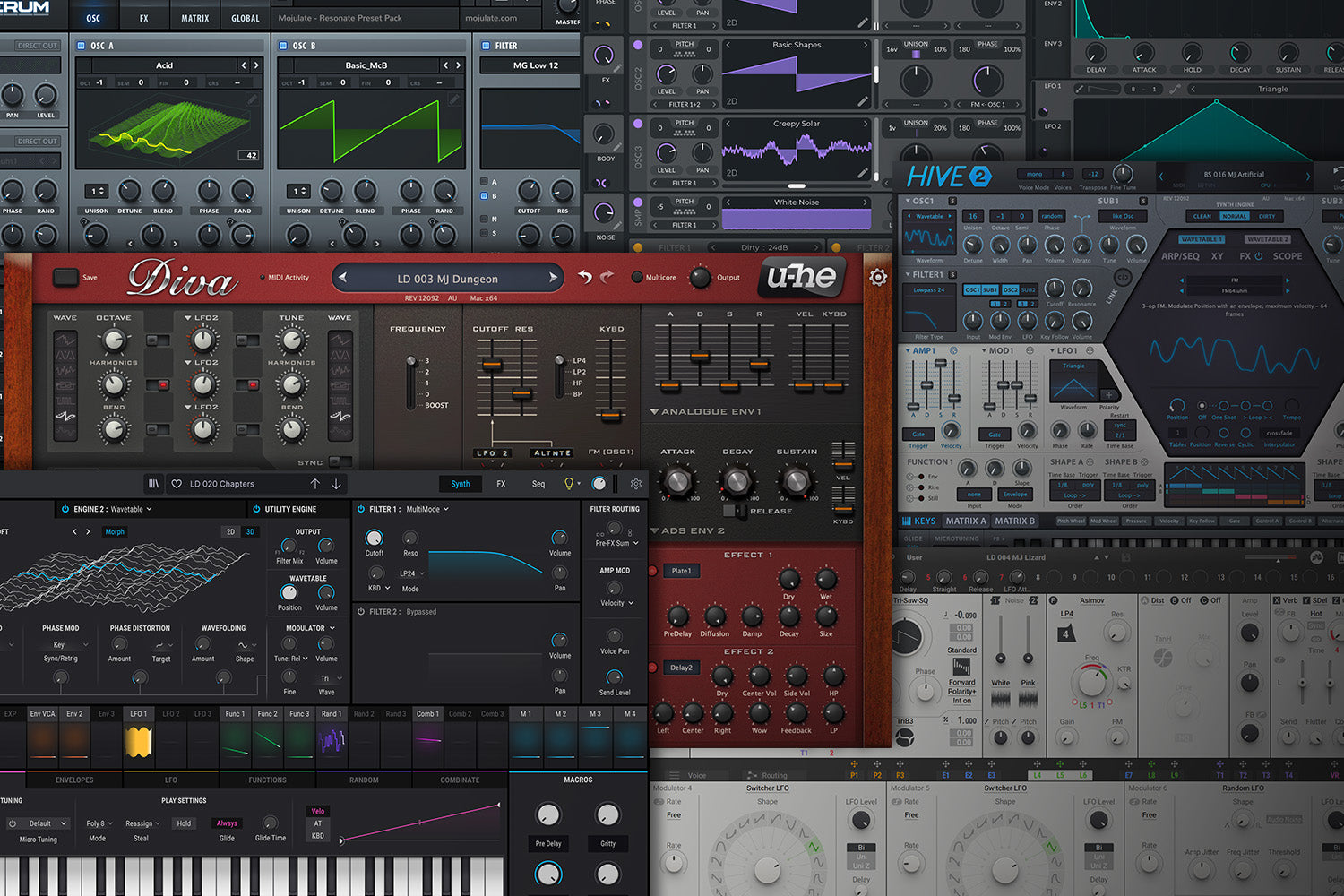Sound design is a crucial aspect of music production that can set your tracks apart from the rest. Here are our top 10 sound design tips to help you create unique and compelling sounds:
__________________________________________________________________________
-
Understand Synthesis: Familiarise yourself with different types of synthesis, such as subtractive, additive, FM (frequency modulation), and wavetable. Understanding how synthesis works will give you more control over shaping sounds.
-
Layering: Combine multiple sounds to create complex and rich textures. Layering different elements like synths, samples, and real-world recordings can lead to innovative and captivating results.
-
Experiment with Modulation: Use modulation sources like LFOs (low-frequency oscillators) and envelopes to modulate parameters such as pitch, filter cutoff, and amplitude. Modulation adds movement and evolving qualities to your sounds which will always keep your sounds constantly changing thus making them as unique as possible.
-
Explore Unconventional Sources: Don't limit yourself to traditional instruments. Experiment with unconventional sound sources, such as field recordings, household items, or even your own voice, to create unique textures. You can further affect these recordings using various effects plugins such as EQ and distortion.
-
Use Effects Creatively: Apply effects like reverb, delay, distortion, and modulation in unconventional ways. Try chaining effects or modulating effect parameters to achieve unexpected sonic results. This is trial and error, there's no wrong way to create sounds so experiment with placing distortion units at the end of the effects chain after reverb for example, which can really morph the sound.
-
Learn EQ and Filters: Master the art of EQ and filtering. Precise EQ adjustments and creative filtering can transform the timbre of a sound, making it fit better in the mix or giving it a distinct character. EQ harshly on some sounds to completely change their sonic value.
-
Resample and Manipulate: Record your sounds and then manipulate them further. This process, known as resampling, can lead to new and interesting textures that you might not achieve through direct synthesis alone. Record, affect, export, and continue this process until you have something completely new.
-
Experiment with Micro-Timing: Adjust the timing of individual notes or elements slightly to create a more natural and dynamic feel. Subtle variations in timing can add groove and character to your sounds. This technique will help avoid that linear, "digital" sound, and create a thicker texture to your music.
-
Use Envelopes Thoughtfully: Envelopes control how a sound evolves over time. Experiment with envelope settings to shape attack, decay, sustain, and release phases to achieve the desired impact.
-
Experiment with presets and customise them: Presets are a fantastic starting point for any music producer, whether that be a complete beginner or a seasoned pro. These can be used as they are or go one further and customise them to create your own unique sounds to better fit your projects.
Check out our latest preset packs which are there to give you those professional sounding leads, basses, pads and more to kickstart your learning and help you better understand everything there is to know about creating release ready music.



